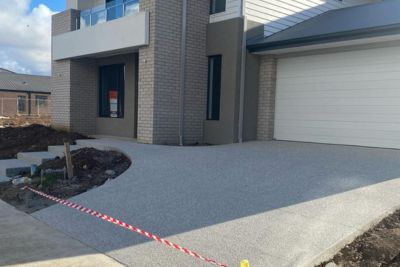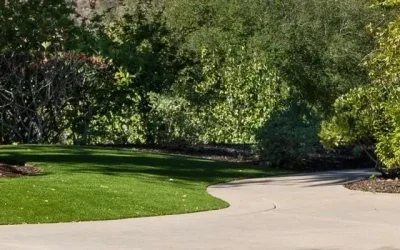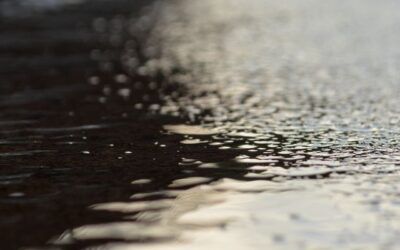Concrete surfaces are a part of everyday life and a feature in most homes in Geelong and across Australia. What often gets missed in the construction of concrete small scale residential concrete surfaces like driveways, patios or concrete paths around the house is how water moves around and underneath the concrete slab. Geelong’s conditions make this especially important, with clay soils that swell and shrink after rain, downpours that leave puddles sitting for days, and salty coastal air near the bay working against your concrete. Without proper drainage, cracks, stains, and shifting slabs are far more likely, while good planning helps your concrete stay strong.
In this post, we’ll look at why drainage matters in concreting and the practical steps that help Geelong homeowners avoid common problems.
Why Drainage Comes First in Concreting
Concrete itself is tough, but it still relies on what’s happening underneath and around it. Water is one of the main culprits that are responsible for concrete damage. If it hangs around the same places, it can soften the ground, put uneven pressure on the slab, and eventually show up as cracks or sinking patches. That’s why drainage should be factored in from the very beginning.
The ground underneath needs to be compacted properly so water can move away instead of sitting below the surface. Just as important is the fall or slope built into the concrete itself. A driveway or patio only needs a slight gradient for rainwater to run off naturally instead of pooling in the middle. When these details are done right, concrete keeps its fresh appearance on the surface and the strength it needs to handle Geelong’s heavy downpours and shifting soils.
Key Reasons Why Proper Drainage Matters in Geelong
Prevents Cracking from Soil Movement

Geelong is well-known for its clay soils, especially in areas like Waurn Ponds and Lovely Banks. Clay naturally swells when it gets wet and then shrinks back as it dries out. The constant movement puts stress on the concrete sitting on top of it. Without good drainage, the soil holds onto more water than it should, which makes the shifting worse and increases the chance of cracks forming across your surface. By managing how water drains away, you give the soil less opportunity to move and your concrete a better chance of staying solid.
Stops Water Pooling on Surfaces
Puddles might seem harmless at first, but they can quickly turn into a problem. A driveway that holds water becomes slippery underfoot, a patio with puddles is hard to enjoy, and pathways that don’t drain well are a safety risk. Around Geelong, heavy downpours often leave water sitting for days if the concrete hasn’t been laid with the right slope. Proper drainage means the surface sheds rain instead of holding it, keeping outdoor areas safer, more practical, and easier to maintain.
Protects Against Erosion Beneath Concrete
The strength of any slab depends on the base it sits on. When water isn’t directed away properly, it can wash out the compacted material underneath, leaving soft spots that cause the slab to settle unevenly. Over time, this creates dips, cracks, and even hollow-sounding patches when you walk across the surface. With Geelong’s mix of clay soils inland and sandier soils closer to the coast, both are vulnerable to erosion in different ways. Good drainage keeps the base intact so the concrete stays stable and reliable.
Extends the Life of Concrete
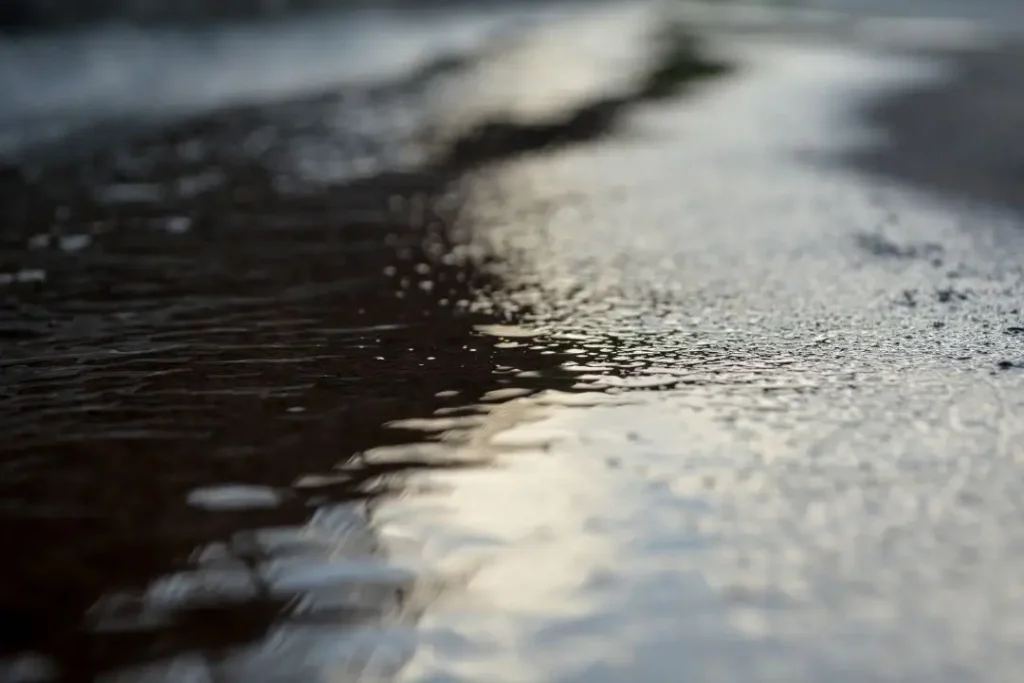
Moisture is one of the biggest factors that shortens the lifespan of concrete. When water is left to sit on or under a slab, it slowly weakens the material and can make the surface brittle over time. Geelong often gets long wet spells followed by hot, dry weather, and that constant cycle puts extra stress on concrete. Good drainage helps by moving water away before it has time to cause damage, giving your concrete a much better chance of holding its strength for years.
Reduces Moss, Mould, and Staining
When water lingers on concrete, it creates the perfect environment for moss and mould to grow. The coastal climate, with its damp conditions, makes this even more common in the Geelong area. Apart from looking untidy, these growths make outdoor spaces slippery. Stains from standing water are another issue, leaving dark marks that are difficult to clean. Our guide on removing and preventing moss and mould explains how to deal with these problems if they do appear, but the best solution is proper drainage to keep surfaces drier in the first place.
Safeguards Surrounding Structures
Water that isn’t drained properly doesn’t stop at the edge of the slab. It can spread into the surrounding soil and cause damage to other parts of the property. Fences and retaining walls may start to shift if the ground stays too wet, and even house foundations can come under pressure. On blocks near the bay or in hilly parts, these problems are more likely. By planning drainage carefully, you protect the concrete and the structures around it.
Addresses Coastal Salt Exposure
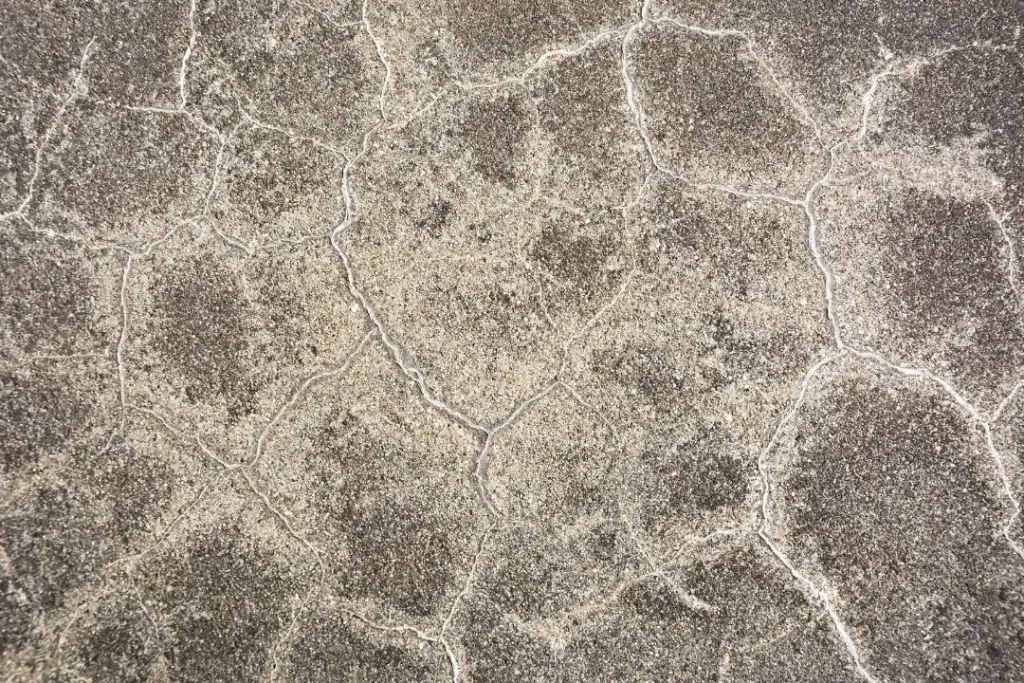
Living close to the coast has its perks, but it also brings extra challenges for concrete. Salt in the air can settle on the surface, and if the water is left to sit, the salt works its way into the concrete and speeds up deterioration. Areas near Corio Bay and the Surf Coast are especially prone to this kind of damage, where scaling, flaking, or surface wear shows up much faster. By keeping surfaces free of standing water, homeowners in these areas can slow down the effects of salt and keep their concrete looking better for longer.
Meets Council Standards
The City of Greater Geelong stormwater guidelines require new driveways and crossovers to be built with the right slope so stormwater flows into the street system instead of onto a neighbour’s block. If this isn’t done properly, it can cause approval delays or even force a costly redo. Choosing a reliable Geelong concreters is important to ensure your project will be built with drainage that meets practical needs and council standards.
Supports Heavy Vehicle Loads
Driveways and shed slabs in Geelong often carry more than just a family car. Caravans, boats, and work vehicles all add extra weight, which puts more stress on the concrete. If drainage hasn’t been considered, moisture can stay trapped in the base, softening the ground and reducing its ability to hold heavy loads. This can cause cracks or sagging where the weight sits. Proper drainage keeps the base material firm so the concrete can handle the pressure of everyday use as well as heavier vehicles.
Practical Drainage Solutions for Homeowners
Good drainage doesn’t have to be complicated, but it should be planned from the start. A few simple steps can go a long way toward keeping your concrete in good shape:
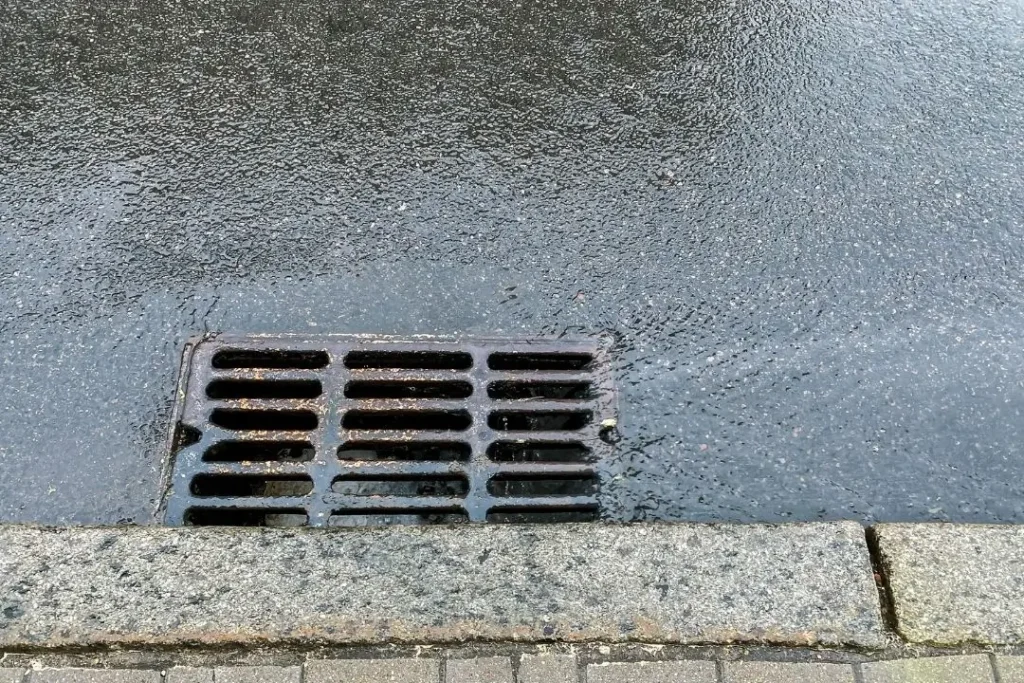
- Build in the right fall so surfaces slope gently and water runs off instead of pooling.
- Add drains where needed such as spoon drains, channel drains, or small pits that direct water into the stormwater system.
- Pay attention to block layout, especially on sloping sites where rain can build up quickly.
- Work with a local concreter who understands Geelong’s soils, coastal climate, and council rules for driveways and crossovers.
Even small adjustments make a big difference in how long your concrete lasts. With the right drainage in place, you can enjoy a surface that looks good, stays safe, and avoids costly problems down the track.
Why Good Drainage is the Key to Long-Lasting Concrete
Drainage might not be the first thing that comes to mind when planning a concreting project, but it’s one of the most important for long-term longevity of the concrete slab. From protecting against cracking and erosion to meeting council standards, the way water is managed around your slab affects how it looks and how long it lasts. In Geelong’s mix of clay soils and coastal conditions, overlooking drainage can quickly lead to problems.
Planning a new concreting project or worried about drainage issues? Reach out now for practical solutions and a free quote that will keep your concrete strong and problem-free. Invest in drainage today and avoid costly repairs tomorrow. Call (03) 5292 1455 for expert advice and a free quote.

